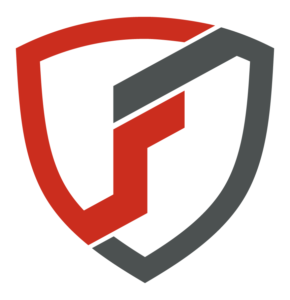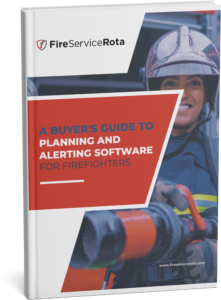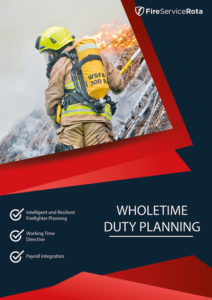By Guille Cruz
Customer Success Specialist
Working with Fire and Rescue Services across the UK has been a privilege for our company since 2015. In this story, I would like to share a few learnings gathered during the roll-out of the Cleveland Fire Brigade (CFB), an implementation I was in charge of delivering. There were challenges along the way, but all of them were sorted by team work. Collaboration and living our values played a critical role in our success. At the end of the day, our relationship with the customer became stronger and we are better because of their success.
Challenge #1: Matching expectations and timelines
During our first conversations with CFB, we agreed to complete the setup for 8 wholetime stations within 3 months. Given our experience with the roll-out for the Retained Stations, we knew it was doable. So we started right away, gathering all the information and setting up the stations. A couple of months later, the scope of the project grew, and the dates were adjusted to support new requirements. Sometimes, it might be hard to let go of the expectation of a quick roll-out, but we will always agree with our customer on what’s the best pace to move along together.
Our willingness to collaborate comes from the profound respect we feel for our customer’s profession. Also, knowing that change is constant in life, we realise that many factors may affect the initial plan. For this reason, project deliverables and timelines are not set in stone and our way of working is flexible enough to adjust the schedule and priorities according to new requirements and goals.
Challenge #2: Finding the deeper why
Very often, we get requests for the immediate pain reliever as opposed to tackling the root cause of a problem. To find the best solution approach, it is crucial to distinguish causes from symptoms and pay attention to the logic of cause-and-effect relationship. Especially with subject matter experts. Our commitment is to get beyond habitual thinking with each service and for that we need to fully understand the challenges the organisation is encountering.
For instance, we have found that although all contract rules and agreements are based on the same regulation within the UK, there are specific complex scenarios we discover until we start the conversation with each service.
In this case, our strategy to find the best customisation, included:
- focusing on the problem instead of the how
- meeting with experts and decision makers to learn their perspective
- keeping in mind the end-users experience
- creating iterations to validate the solution direction
Our vast experience with other customers allows us to provide insights or new approaches to common challenges among Fire & Rescue Services. When our customers are open about the challenges they are trying to solve with FSR, as happened with CFB, we can generate a sinergy that produces truly innovative solutions.
Challenge #3: Integrating systems
For this project, it was required by CFB that the scheduling and the HR systems should be able to functionally work together. To make it possible, we consolidated an effective team integrated by members of FSR and CFB that gathered ideas and tested them as soon as we could.
Integrating two systems can be challenging, especially when those belong to a third-party vendor. Good news is we have experts that can help you achieve your objectives.
This is one of our greatest strengths: we thrive in team work to solve complex problems, and you can rely on us as a partner, knowing that we will do any work necessary to achieve those goals.
Challenge #4: Unlocking the existing value
An architect could build the most beautiful and ‘perfect’ house in his eyes that turns out to not be suitable for living. He forgot one thing: ask the people who will live there what they like and need! how many rooms are required, how many people will inhabit and their ages, are they a young couple? Do they have kids? Do they like to cook? Read? Do they invite people over for gatherings? Are they working from home? The user knows best what they need and would like the architect to take their point of view into account. This helps ensure the house is valuable for them and that they feel comfortable living in it.
We have learned by experience that the sooner the system is exposed to end-users, the better; because, that allows us to collect feedback and build together a better setup. The voice of the end-users is crucial to achieve an optimal configuration. For this reason, in every roll-out, we push to use the system in early stages. It can be scary to expose a system that is not fully ready yet. It takes courage to present the system after the first few rounds of configuration, and “naturally” we always want this to go perfect. However, it rarely is and that is OK. We want to thank Cleveland for trusting us and being courageous. They agreed with this approach, and it worked as expected.
Challenge #5: Closing up before the arrival of baby Cleveland
The following comes from a much more personal perspective. I was trusted with the opportunity of leading the roll-out, and a few weeks after the kick-off, I found out I was pregnant with my second baby, and the birth expected date was aligned with the go-live date of the system! Soon we started jokes saying that the baby’s name would be Cleveland. In the end, it didn’t happen because the due date was postponed a few months (the due date of the project, of course!).
Project-wise, the highlights were the great communication and openness with the customer about who would do the follow-up of the open items during my absence, so there were no delays and we were able to deliver (a healthy baby and) a functional setup that was required.
Conclusion
Working with the people in Cleveland has been one of the best experiences in my professional life, special thanks to Alison Farndale, Amanda Casson, Alan Turner, Michelle Richardson and Jack Collings for their efforts and knowledge transfer along the meetings we scheduled. Always willing to collaborate and enlighten our understanding of Cleveland Fire Brigade rules and challenges. Also, big thanks to my team for your support and mentorship along the way.
This roll-out left many lessons and great experiences where we lived our company values: commitment to deliver in time, focus to achieve the goal, courage to learn the deeper why, openness to hear feedback by exposing the system to end-users, and unlocking the existing value as soon as possible. Throughout the process there was understanding and respect towards the way of working, culture and timelines.
So far, you have read my impressions as a the leader of this roll-out within FireServiceRota, all of the above comes together and echoes louder when the customer also shares their perspective.
I will allow myself to share with you the words of Alison Farndale, our project manager in CFB, with whom we were able to overcome this challenges and turn this into a success:
‘I have worked as Project Manager for the introduction of Fire Service Rota into Cleveland Fire Brigade for three years. Initially this project was for Retained personnel and following its success it was determined that this would be introduced for the whole of our Brigade, including Wholetime, Control Officers, and all Administration Staff and Departments. My experience of working with Fire Service Rota personnel has always been their demonstration of a high level of professionalism, and that they were fully engaging and supportive of the processes that we were trying to achieve. Responses to queries and required changes were dealt with swiftly and regular contact was maintained with dedicated Project Managers and Developers from the company, who were always available for Teams meetings in order to communicate effectively and ensure our requirements were being realised.’
After this project, we are ready to explore new opportunities and share the lessons learned, aiming for ‘a safer world & happier first responders through world-class software and service’.
